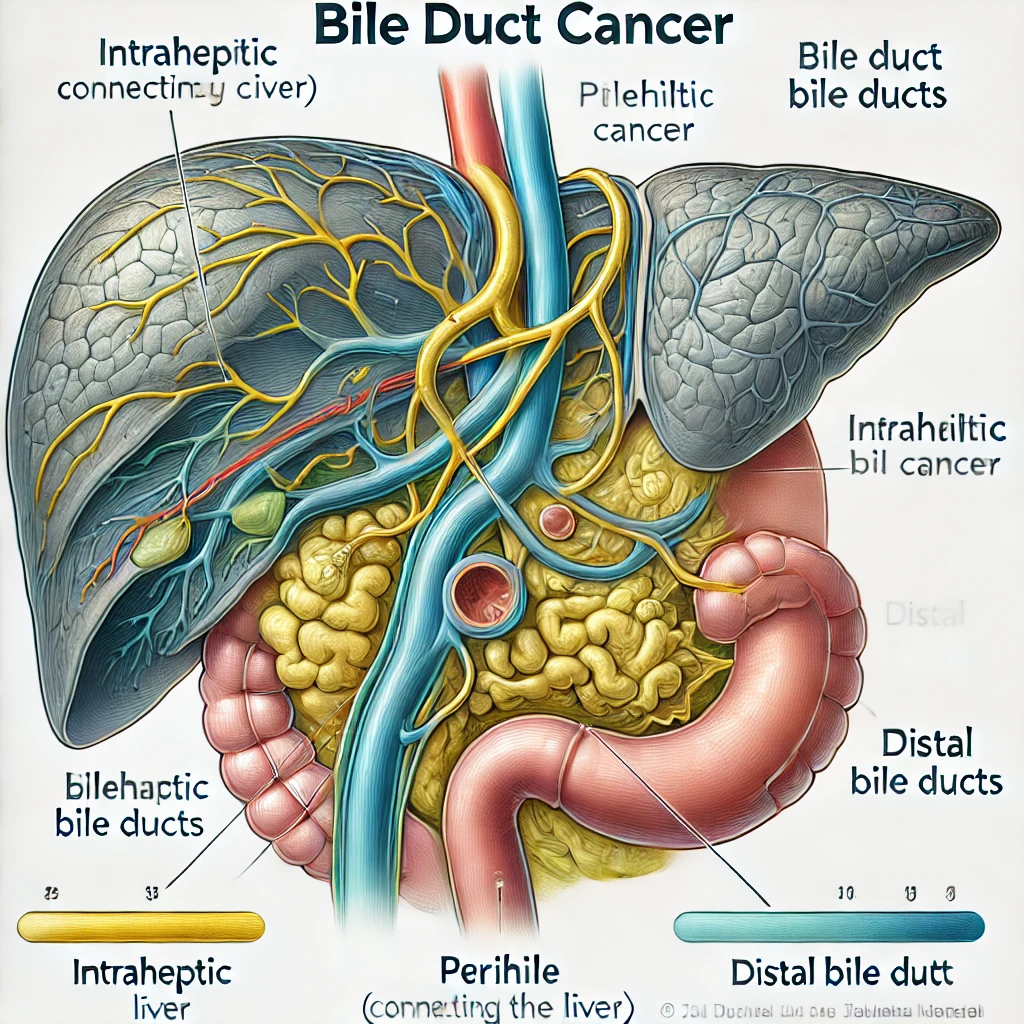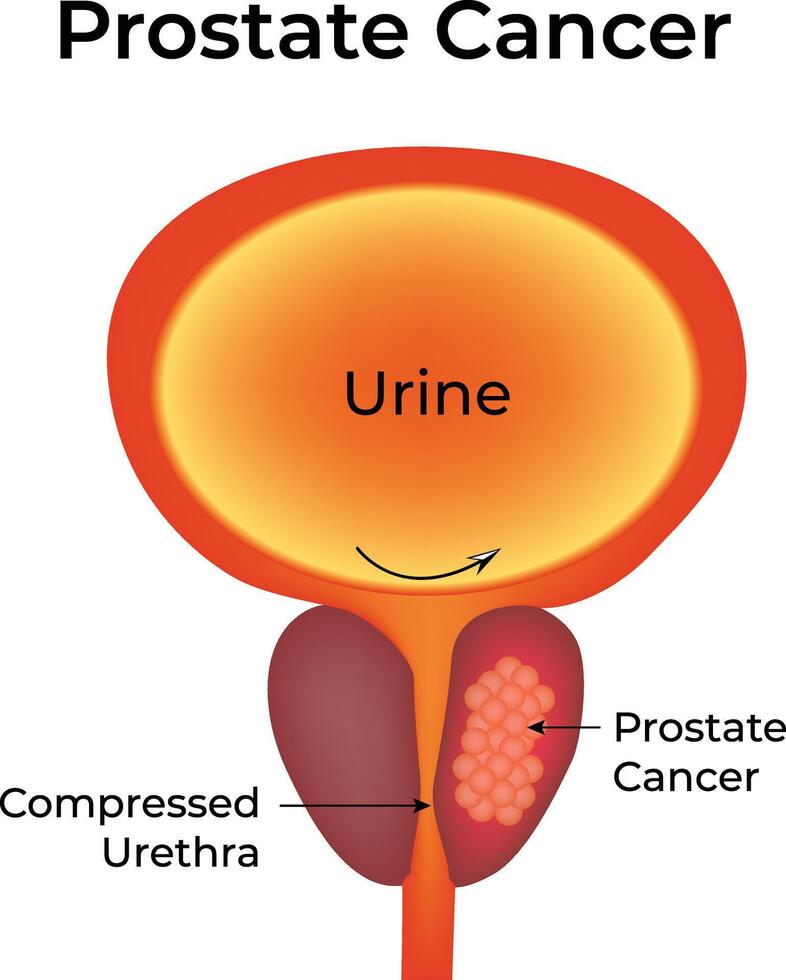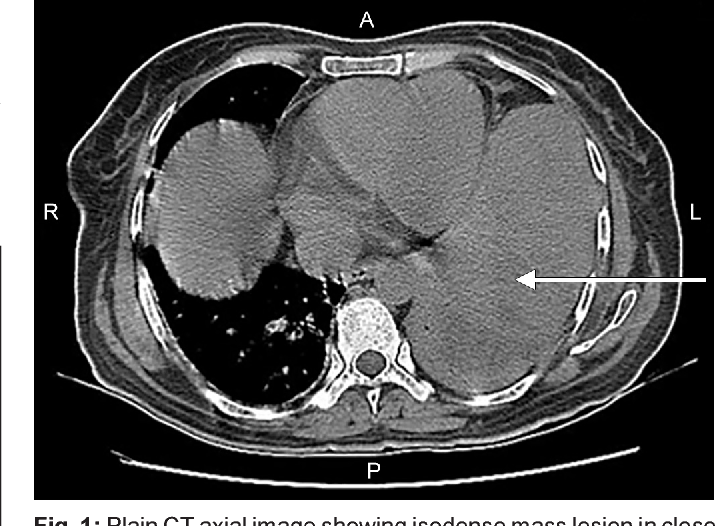Can Hair Loss Be a Sign of Cancer?
Hair loss is a distressing experience for many people, and it is commonly associated with chemotherapy and other cancer treatments. However, patients often ask whether hair loss itself can be an early indicator of cancer. As a physician, I understand the anxiety behind this question and the importance of distinguishing between hair loss as a side effect of therapy versus a potential symptom of an undiagnosed malignancy.
Understanding Hair Loss
Hair loss, or alopecia, occurs for various reasons. These include hormonal changes, autoimmune disorders, stress, nutritional deficiencies, infections, and certain medications. In many cases, hair loss is temporary and benign. However, there are specific scenarios in which hair loss may signal a more serious underlying medical condition, including cancer.
Common Hormonal Reference Ranges (Adults)
| Hormone | Normal Range |
|---|---|
| Thyroid Stimulating Hormone (TSH) | 0.4 – 4.0 mIU/L |
| Free T4 | 0.8 – 1.8 ng/dL |
| Free T3 | 2.3 – 4.1 pg/mL |
| Estradiol (female) | 15 – 350 pg/mL (varies) |
| Testosterone (male) | 300 – 1000 ng/dL |
| DHEA-S | 35 – 430 mcg/dL (varies) |
| Prolactin | 4.0 – 23.0 ng/mL |
Hormonal imbalances, particularly thyroid disorders, elevated androgens, or estrogen/testosterone irregularities, may contribute to thinning hair and should be ruled out in patients presenting with diffuse or patchy hair loss.
Is Hair Loss a Direct Symptom of Cancer?
Generally, hair loss is not a primary symptom of cancer itself. Most tumors do not directly cause hair loss. However, there are exceptions where alopecia may be indirectly linked to a cancer diagnosis. One such example is in the case of cancers that affect hormone levels, such as ovarian or adrenal tumors. These cancers can alter endocrine balance, potentially leading to thinning hair or hair loss.
In some hematologic cancers, particularly lymphomas and leukemias, hair loss may occur due to the body’s systemic response to malignancy or as part of a paraneoplastic syndrome. In rare cases, patients may experience autoimmune-related hair loss where the immune system, altered by the presence of cancer, attacks hair follicles.
When Hair Loss Is Related to Cancer Treatment
The most common and well-documented cause of hair loss in cancer patients is chemotherapy. Many chemotherapeutic agents target rapidly dividing cells, and because hair follicle cells divide quickly, they are particularly susceptible. This form of hair loss is often sudden and widespread, affecting the scalp, eyebrows, eyelashes, and body hair.
Radiation therapy, especially when directed at the head or neck, can also lead to localized hair loss. In some cases, the hair may grow back thinner or not at all, depending on the radiation dose and duration.
Targeted therapies and immunotherapies can also cause hair thinning or patchy loss, although these effects tend to be less severe compared to traditional chemotherapy.
Diagnosing the Cause of Hair Loss
If a patient presents with unexplained or persistent hair loss, a thorough medical evaluation is warranted. Physicians typically begin with a detailed history and physical examination. Blood tests may be ordered to check for anemia, thyroid dysfunction, vitamin deficiencies, or autoimmune markers. In cases where cancer is suspected based on other clinical features, imaging studies or biopsies may be pursued.
Common Blood Markers in Hair Loss Evaluation
| Test | Normal Range |
| Hemoglobin (female) | 12.0 – 15.5 g/dL |
| Hemoglobin (male) | 13.5 – 17.5 g/dL |
| Ferritin | 30 – 400 ng/mL (ideal >70) |
| Vitamin D (25-OH) | 30 – 100 ng/mL |
| Vitamin B12 | 200 – 900 pg/mL |
| ANA (autoimmune screen) | Negative or <1:40 |
Low ferritin (iron stores), vitamin D deficiency, and subclinical hypothyroidism are some of the most frequent non-oncologic causes of diffuse hair loss.
Addressing Patient Concerns
For patients undergoing cancer treatment, hair loss can be a visible and emotionally difficult side effect. It can impact self-image, confidence, and social interactions. Preparing patients in advance for the possibility of alopecia and offering support options—such as wigs, scarves, and counseling—can make a significant difference in coping.
Newer approaches, including scalp cooling systems, have shown promise in reducing chemotherapy-induced hair loss in some patients. These devices work by lowering scalp temperature during treatment, thus decreasing blood flow and the amount of chemotherapy reaching hair follicles.
Frequently Asked Questions
Can hair loss be the first sign of cancer?
In most cases, hair loss is not the first or primary symptom of cancer. Cancers usually present with other more systemic signs such as unexplained weight loss, fatigue, persistent pain, or lumps. Hair loss without other symptoms is rarely a standalone indicator of malignancy, although in very rare cases—particularly with hormone-secreting tumors or autoimmune paraneoplastic syndromes—it may be associated indirectly.
How can cancer-related hair loss be distinguished from other types?
Hair loss related to cancer therapy tends to be abrupt, diffuse, and involves not only the scalp but also eyebrows, eyelashes, and body hair. In contrast, hair loss from nutritional deficiencies, stress, or hormonal imbalances is usually gradual and localized. A detailed clinical history and lab work are essential to make this distinction.
Does hair always grow back after chemotherapy?
In many cases, hair regrowth begins a few weeks after completing chemotherapy. However, the texture, color, and density may differ from the original hair. In rare cases, particularly with certain chemotherapy regimens or high-dose radiation to the scalp, hair loss may be prolonged or even permanent.
What can be done to manage or reduce hair loss during treatment?
Some patients benefit from scalp cooling systems, which may reduce the severity of hair loss during chemotherapy. Gentle hair care, avoiding harsh chemicals or heat styling, and the use of mild shampoos can help preserve hair integrity. Psychological support and access to wigs, scarves, or cosmetic options may assist patients in coping with appearance-related concerns.
Can lifestyle or nutrition prevent hair loss in cancer patients?
While no diet can completely prevent cancer-related hair loss, maintaining optimal nutritional status helps support hair regrowth and overall health. Ensuring adequate iron, vitamin D, B12, and protein intake is essential. Smoking cessation, stress management, and regular physical activity may also contribute to healthier hair regrowth post-treatment.
Hair loss is a multifactorial condition with a wide range of causes. While it is not typically a direct sign of cancer, in rare circumstances it may be associated with specific malignancies or paraneoplastic processes. More commonly, hair loss occurs as a side effect of cancer therapies such as chemotherapy and radiation.
Patients experiencing unusual hair loss should consult a healthcare professional to rule out serious causes and receive appropriate management. In the context of cancer care, acknowledging and addressing the emotional and psychological impact of hair loss is an essential component of holistic treatment.













